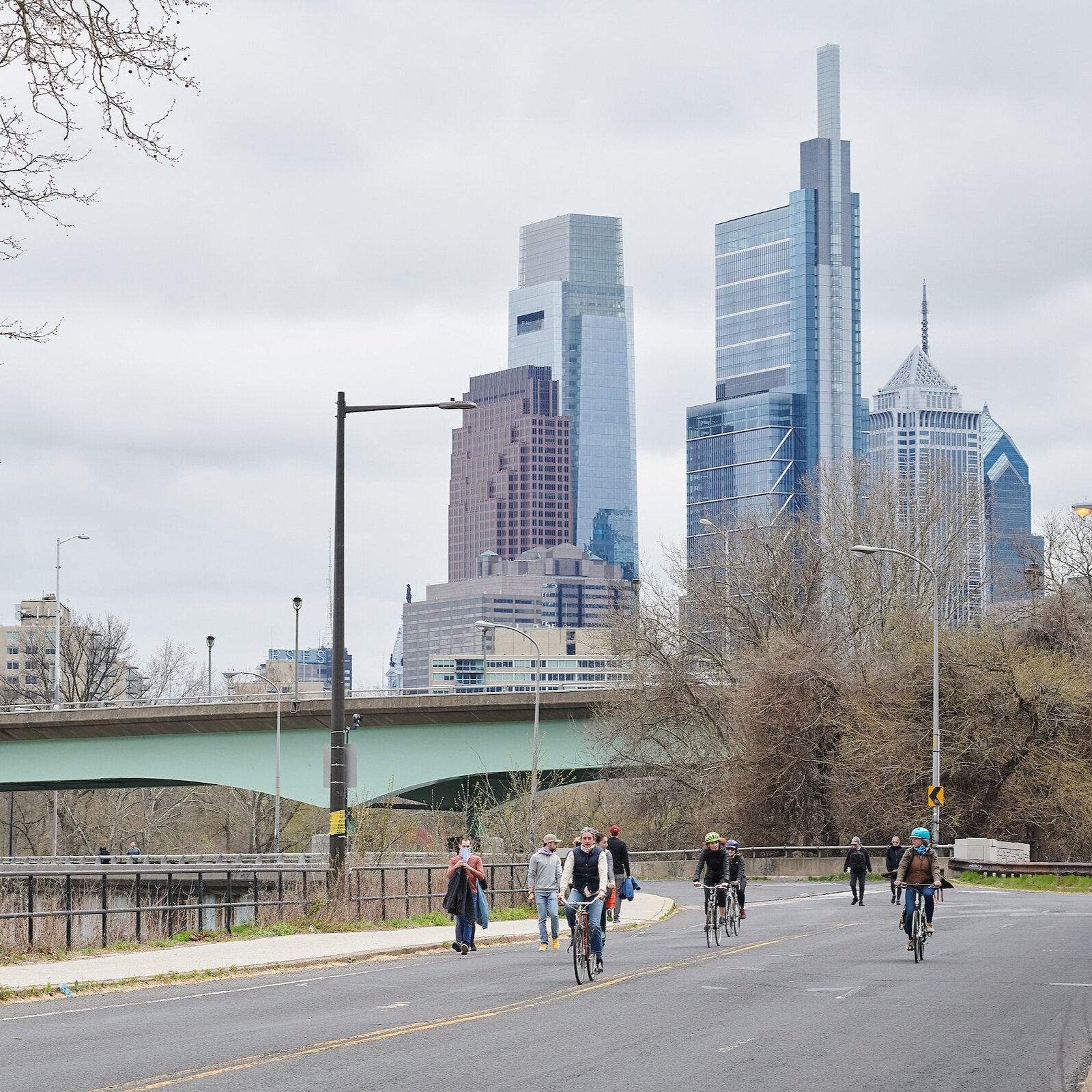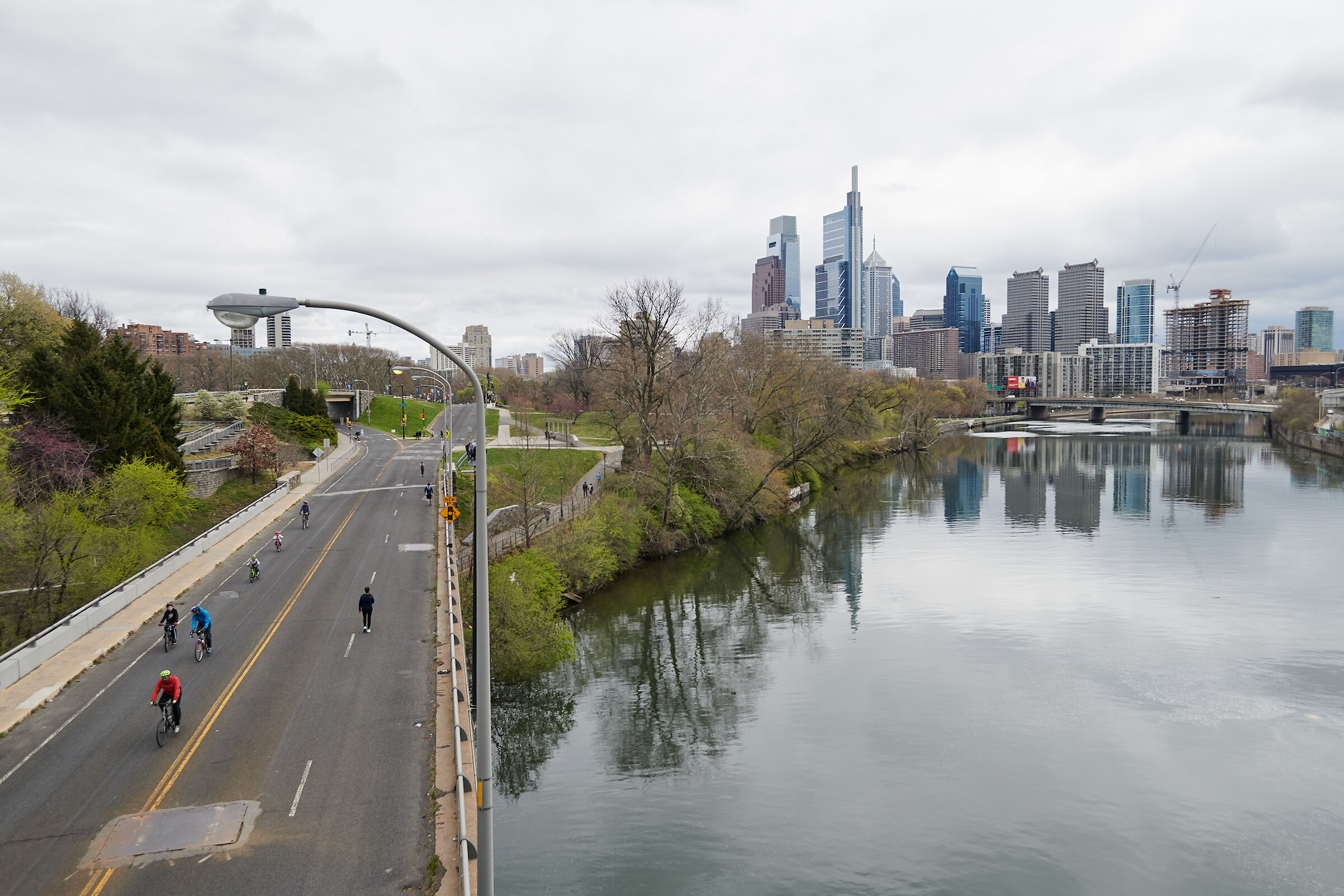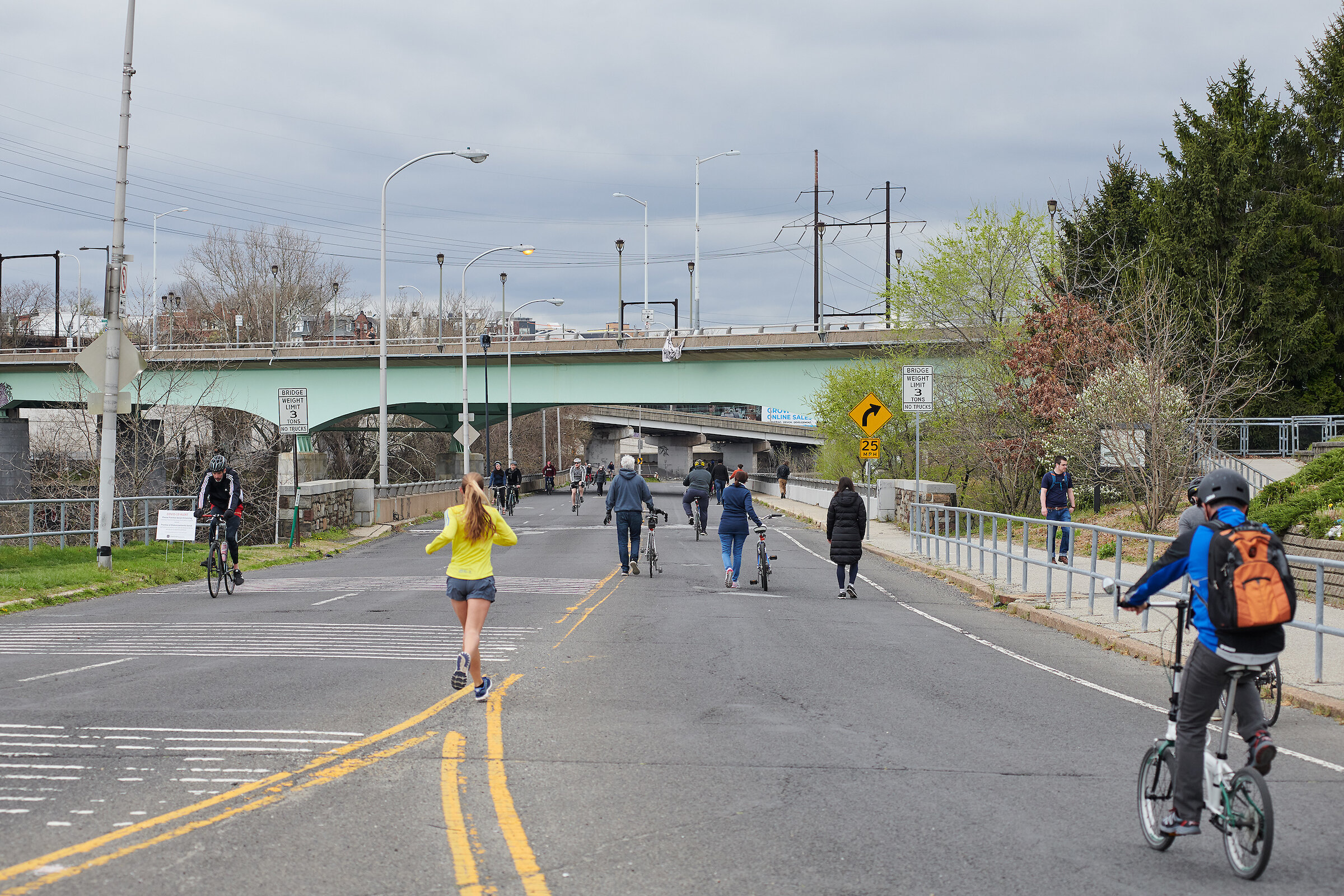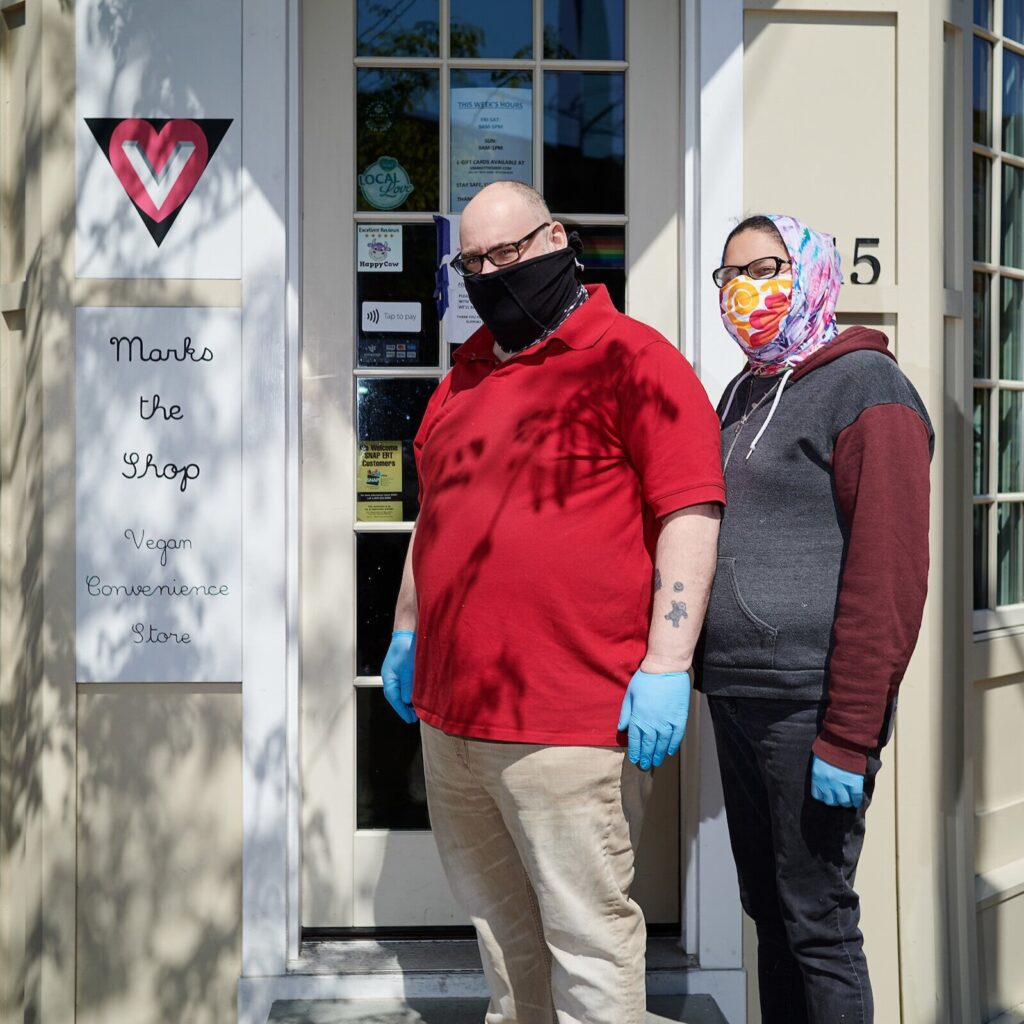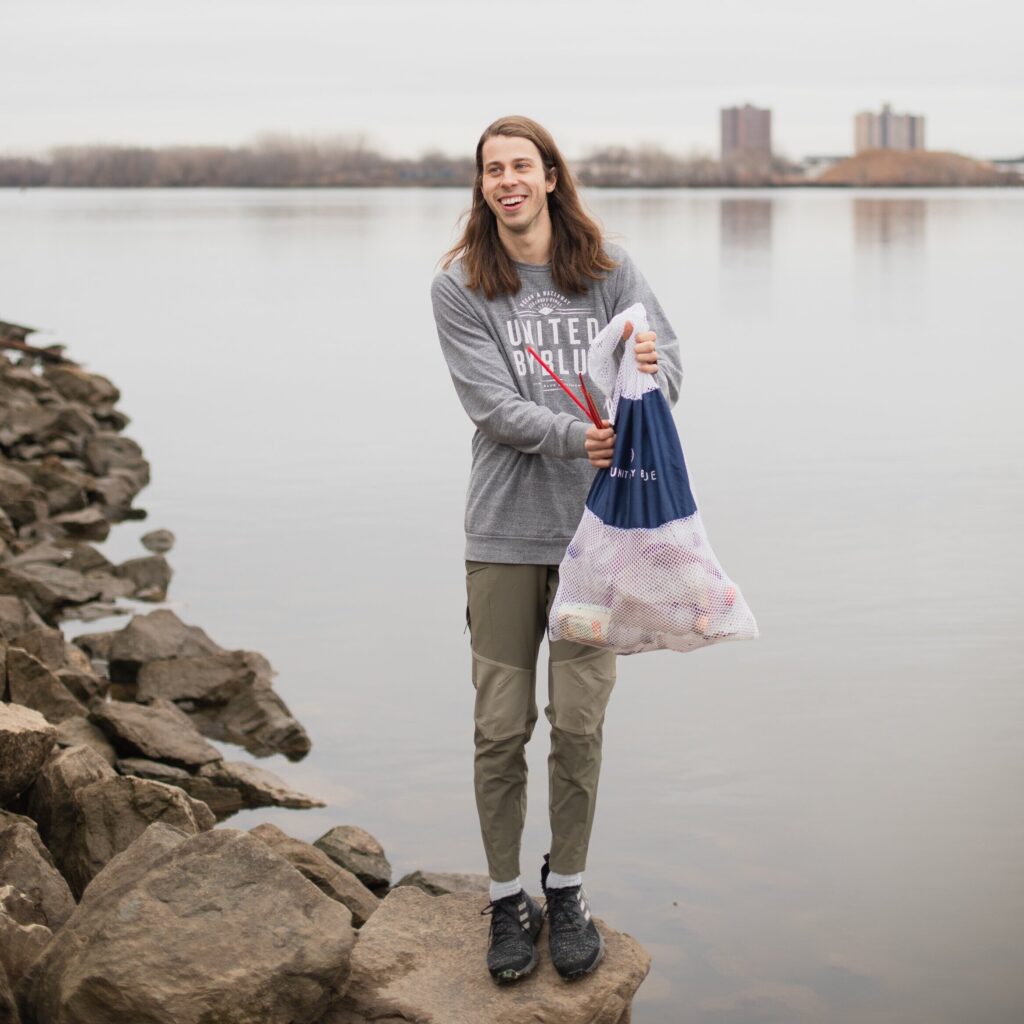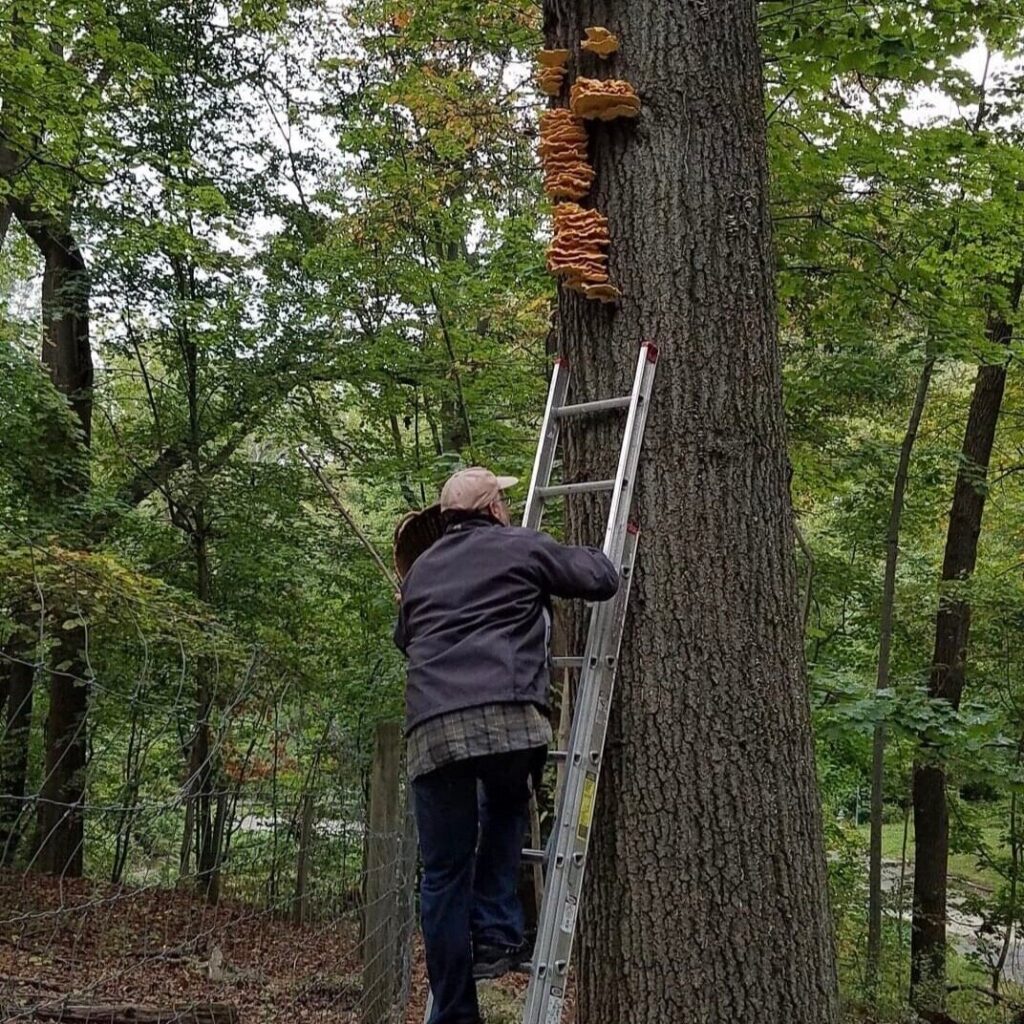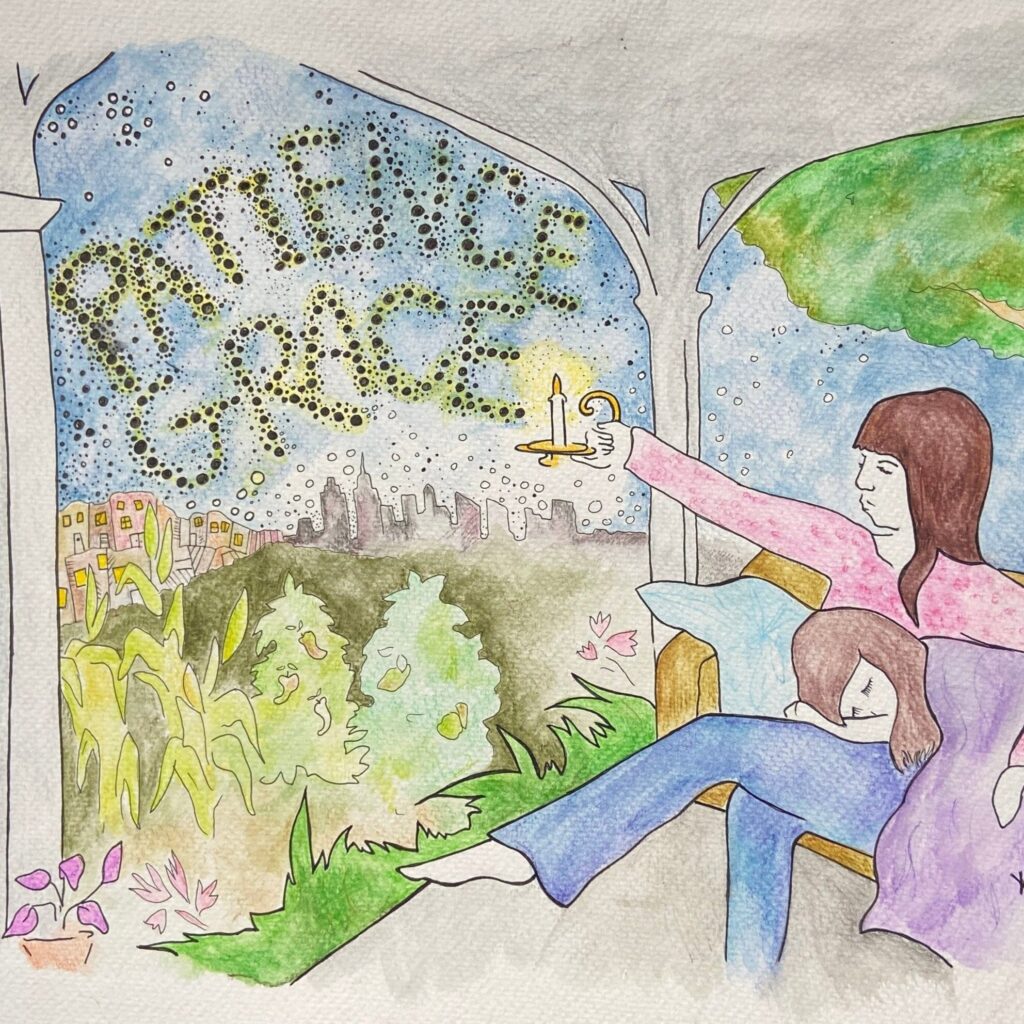Photography by Albert Yee
Bike Talk: Room to Breathe
By Randy LoBasso
Any other year on St. Patrick’s Day, you’d have seen a barrage of green-plastic-Leprechaun-hat-sporting college kids falling over themselves as they paraded the sidewalks of Center City.
This year was different. Bars were closed and the city was slowly moving toward a stay-at-home order due to COVID-19, the virus wreaking havoc around the world.
But the streets were still open, along with the trails. Like a lot of Philadelphians, I decided to utilize those trails for my own physical well-being and sanity.
I grabbed my three-speed Americano bicycle and headed out to the Schuylkill Banks Boardwalk for some fresh air, but when I got to the Schuylkill Banks, it did not look good.
Don’t get me wrong: People were running, walking and bicycling along its boardwalk and river trail. It was more packed than ever—and that was the problem. The CDC recommendation for practicing six feet of social distancing was nearly impossible, as there was very little room along the trail.
It was a wake-up call for myself and the scores of Philadelphians who wanted to get outside and stay safe—we needed more space. With much of the economy shut down, I felt it was important for groups like the Bicycle Coalition of Greater Philadelphia to advocate for better, more efficient usage of street space in order to keep Philadelphians safe during the pandemic. Not just for the physical safety of those using outdoor space, but to better maintain exposure to the virus and flatten the curve.
The next day, my Bicycle Coalition colleague John Boyle reached out to the Delaware Valley Regional Planning Commission with a few questions: What could our metropolitan planning organization tell us about trail usage at this time? Was what I saw that afternoon an anomaly? Were more people than ever using the trail systems in the city?
DVRPC has electronic counters on several sections of the Schuylkill River Trail. The data posted is a month behind, so we asked if they’d be able to check the data from the last couple weeks since businesses in the U.S. began slowing down.
They did. And what they found confirmed our suspicions.
Photography by Albert Yee
Bicycling on the Kelly Drive Trail was up 471 percent, compared to the same time period a year earlier, according to a report created by DVRPC for the Bicycle Coalition of Greater Philadelphia. ‘That’s great!’ I thought.
But it’s also dangerous.
Most trails in our region are only about 12 feet wide, meaning while so many of us were using them for recreation and transportation, it was almost impossible to maintain the safe six feet of distance. It seemed plausible, given how little space there was for people to exercise, someone could be infected while using the trails.
The city needed more public space.
We made DVRPC’s information public and sent an official letter to the Kenney Administration, formally asking that they close Martin Luther King Drive so that safer social distancing could be practiced.
We created a petition. In the course of just a few hours, more than 1,000 people responded.
By Friday night, the City of Philadelphia’s communications team issued a press release stating they’d close MLK Drive to motor vehicles, and open it to people.
“The City of Philadelphia strongly encourages residents to stay indoors as much as possible. However we recognize that physical activity is important to well-being, and under current restrictions, are providing opportunities for park and trail use,” the release states.
Since then, Philadelphia has become a model for what other cities can—and can’t—do.
Around the country, cities have looked to Philadelphia’s success in closing streets to motor vehicle traffic for the safety and health of its citizens. Denver was the quickest city to follow suit, and Chicago followed. New York City enacted an open streets program to allow for safe social distancing but abandoned it soon after.
Photography by Albert Yee
Many believe Philadelphia should continue what it started.
Dr. Bon Ku, director of the Health Design Lab at Jefferson University, recently spoke with Conrad Benner of StreetsDept.com, a blog about public space and art, on an Instagram Live chat. “I think [closing streets to motor vehicle traffic] would be a great public health design intervention that would limit some of the close contact that Philadelphians have,” says Ku. “We don’t need this many streets any more to be open to motor vehicles. I think that would be a great policy decision to make to help people get outside, get some exercise, get some fresh air and not be in close contact with the person next to them.”
An editorial penned by urban advocate Katrina Johnston-Zimmerman in The Philadelphia Inquirer went a step further:
“Narrow sidewalks and streets filled with parked cars make it difficult to pass other people at a safe distance, forcing people into the street regardless. Not everyone has access to a patio, yard, or trail … The good news is we’ve done similar things in the past with the annual Philly Free Streets and the popular block party program. Such systems can also be enacted using volunteers or paid stewards to monitor major intersections and keep the barriers in place.”
Around that time, I gathered with members of other advocacy organizations around the city, including Clean Air Council, 5th Square, Feet First Philadelphia and University City District, to figure out where else we could give people access to safe social distancing practices.
Here’s the thing: safe space for bicycling and walking serves the greater good.
It’s not just better for the environment and our infrastructure—it helps keep people both physically and mentally healthy. The pandemic didn’t change any of that—but it did call attention to it. The work to create a city where anyone, regardless of age or ability, can get around without the use of a private motor vehicle is more important than ever.
More public space for citizens to walk, bike and run throughout the city is essential to create a greener, healthier and happier Philadelphia.


